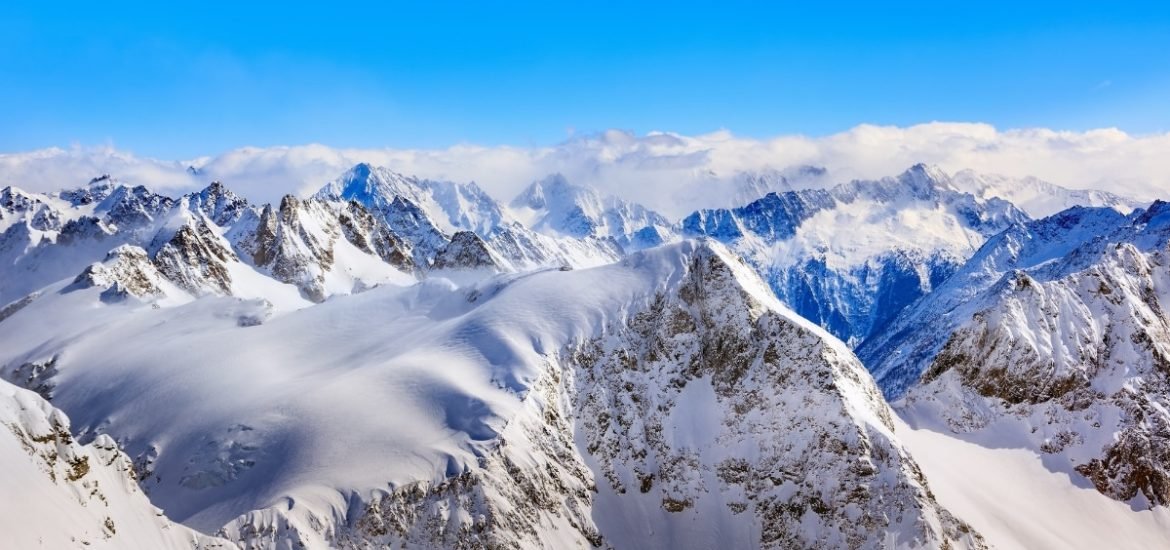
European glaciers are on a course to shrink by one-third by 2050, regardless of greenhouse gas reductions, according to a new study published on 9 April in The Cryosphere, a peer-reviewed scientific journal (1). While the glaciers are already “committed” to losing at least 40 per cent of their volume during the first half of this century, changes thereafter will largely depend on how much the world can reduce greenhouse gas emissions.
The European Alps play an important role in the hydrological cycle, act as a source for hydroelectricity, provide an important source of natural freshwater for flora and fauna, and have touristic importance. However, strong warming could lead to a substantial increase in surface melt putting glaciers of the European Alps at risk of almost completely disappearing by 2100, the authors warn.
Melting glaciers will significantly contribute to the global sea level rise. In addition, considerable losses in glacier volumes will have a huge impact on alpine ecosystems. Furthermore, retreating glaciers will impact the both landscape and economy.
Predicting glacier volume losses
The researchers from ETH Zurich and the University of Fribourg in Switzerland and the Swiss Federal Institute for Forest, Snow, and Landscape Research used an extended version of the Global Glacier Evolution Model (GloGEM), called GloGEMflow, to predict the evolution of the total glacier volume in the coming decades.
The new and improved model takes into account both surface mass balance and ice flow. Previously, ice flow processes were not included in glacier projections for the Alps. These so-called ice dynamics reduced the projected losses and are therefore likely to be an important factor in global glacier evolution.
The estimates are the most up-to-date and detailed yet and relied upon the vast and unique dataset of glacier data available for the European Alps. In all scenarios, the model predicted volume losses of about 47 to 52 per cent by 2050 compared to 2017. However, after 2050, the predictions deviated depending on the projected greenhouse gas emissions.
Under the worst-case high-emissions scenario, the European Alps will be largely ice-free by the end of the century, with projected volume losses of up to 80 per cent. However, under the limited warming scenario ― keeping the global warming by the end of the century to below 2°C compared to pre-industrial levels, in line with targets of the Paris Climate accord ― glaciers would be reduced just over one-third of their 2017 volume.
The “glacier response time” is why various scenarios do not seem to have any effect on near-term losses (up to 2050). Due to colder climates of the past, current glaciers are large and therefore, relatively slow to respond to climate change. Thus, as the authors write, “part of the future evolution is committed.”
Nonethess, if greenhouse gas emissions remain high, we could see the Alps mostly ice-free by the end of the century, with only small ice patches at the highest elevations.
(1) Zekollari, H. et al. Modelling the future evolution of glaciers in the European Alps under the EURO-CORDEX RCM ensemble. The Cryosphere (2019). DOI: 10.5194/tc-13-1125-2019